Astronomers have used a newly discovered and still mysterious class of cosmic explosions to better understand the process of stellar life and death in the distant universe.
The blasts in question are Fast X-ray Transients (FXTs), recently discovered outbursts of X-rays that last for just a few minutes. The source of FXTs has been shrouded in mystery. Now, with the aid of the Einstein Probe X-ray space telescope, astronomers have tracked one FXT, designated EP240315A, back to its source after travelling towards Earth for 12 billion years.
"We've known that these unique explosions exist for some time, but it is only now, thanks to the new Einstein Probe mission, that we can pinpoint them in near real time," team member Peter Jonker, of Radboud University, said in a statement.
Occurring in galaxies located billions of light-years away and lasting anywhere from seconds to hours, FXTs have proved difficult to trace back to their sources. Despite this, astronomers have theorized that FXTs may occur when massive stars go supernova, collapsing and leaving behind black holes.
"This event is novel and interesting because only a handful of FXTs had been discovered until very recently, and their origin was a mystery, primarily because they had been found in archival observations," team member and University of Lancaster researcher Samantha Oates said in the statement. "By the time they were discovered, it was too late to perform follow-up of these transient X-ray objects at other wavelengths to get other information about what might be causing them."
The team thus perfected their mapping of EP240315A using the ATLAS optical telescope system, the Very Large Telescope (VLT) in northern Chile, and the Gran Telescopio Canarias, located in Spain.
"These observations show that this explosion happened when the universe was less than 10% of its current age - the light has been travelling to us for 12 billion years," team member Andrew Levan, of Radboud University, said. "The combination of the distance and the brightness means this explosion gave off more energy in a few seconds than the sun will over its entire life."
Are Fast X-ray Transients and Gamma-ray Bursts cousin cosmic explosions?
The extreme energy of the FXTs and data regarding blasts of energy called gamma-rays suggest that FXTs and gamma-ray bursts (GRBs) are, at least sometimes, related.
GRBs are the most powerful and violent explosions in the known universe, brief flashes of high-energy radiation that result from some of the universe's most explosive events, including the death of massive stars and the subsequent birth of black holes.
Unlike FXTs, GRBs have been studied by humanity for around half a century.
"A real question is whether all of the FXTs come from GRB-like systems, or if there is much more diversity," Jonker added. "Our paper shows that many of them might be gamma-ray bursts, but there are good reasons to think there is much more still to discover."
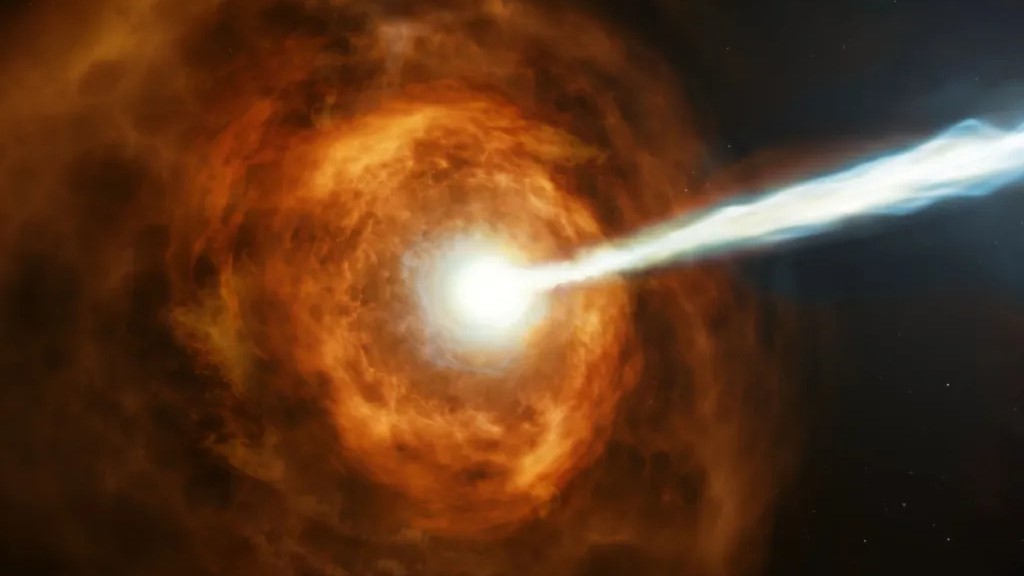
When the team looked at observations of EP240315A, collected by the VLT, they found that its source was surrounded by very little material. In particular, they noted a dearth of hydrogen in this region.
Hydrogen filters ultraviolet light, preventing it from effectively traversing the cosmos. When this FXT was launched, around 1.8 billion years after the Big Bang, hydrogen was bombarded by ultraviolet light, causing it to be ionized.
"Our observations show that perhaps 10% of the ultraviolet light created in the host galaxy of the FXT is escaping to ionize the universe," said team member Andrea Saccardi, the French Alternative Energies and Atomic Energy Commission (CEA) Saclay. "This is the most distant event where we can directly see light escaping from around stars.
"Galaxies like this are probably really important for reionization."
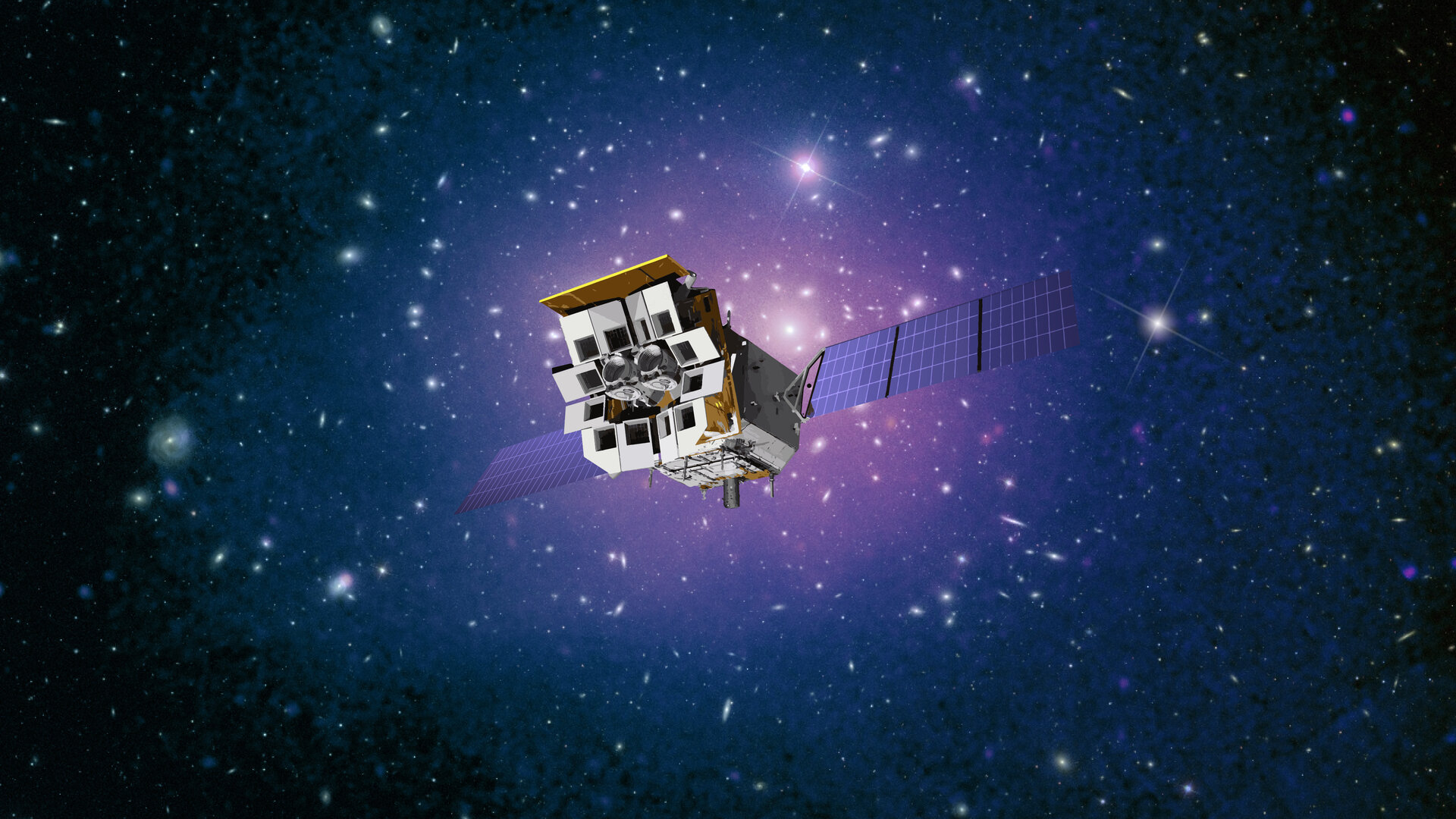
The FXT EP240315A was one of the first events detected by the Einstein Probe, which launched on Jan. 9, 2024.
"In the year since this first object, we have found and studied another 20 of these outbursts," Levan added. "They [FXTs] are living up to their promise as an exciting new way to explore both how stars end their lives, and also what the universe was like in the distant past."
Oates explained that this research exemplifies how the Einstien Probe is revolutionizing the detection of FXTs and their further study.
"The Einstein Probe has opened up a new window on the universe, allowing us to probe the origin of these transient X-ray phenomena and widen our knowledge of the behavior associated with the deaths of massive stars," she concluded.
The team's research was published on Tuesday (Aug. 19) in the journal Nature Astronomy.
.png)
 German (DE)
German (DE)  English (US)
English (US)  Spanish (ES)
Spanish (ES)  French (FR)
French (FR)  Hindi (IN)
Hindi (IN)  Italian (IT)
Italian (IT)  Russian (RU)
Russian (RU) 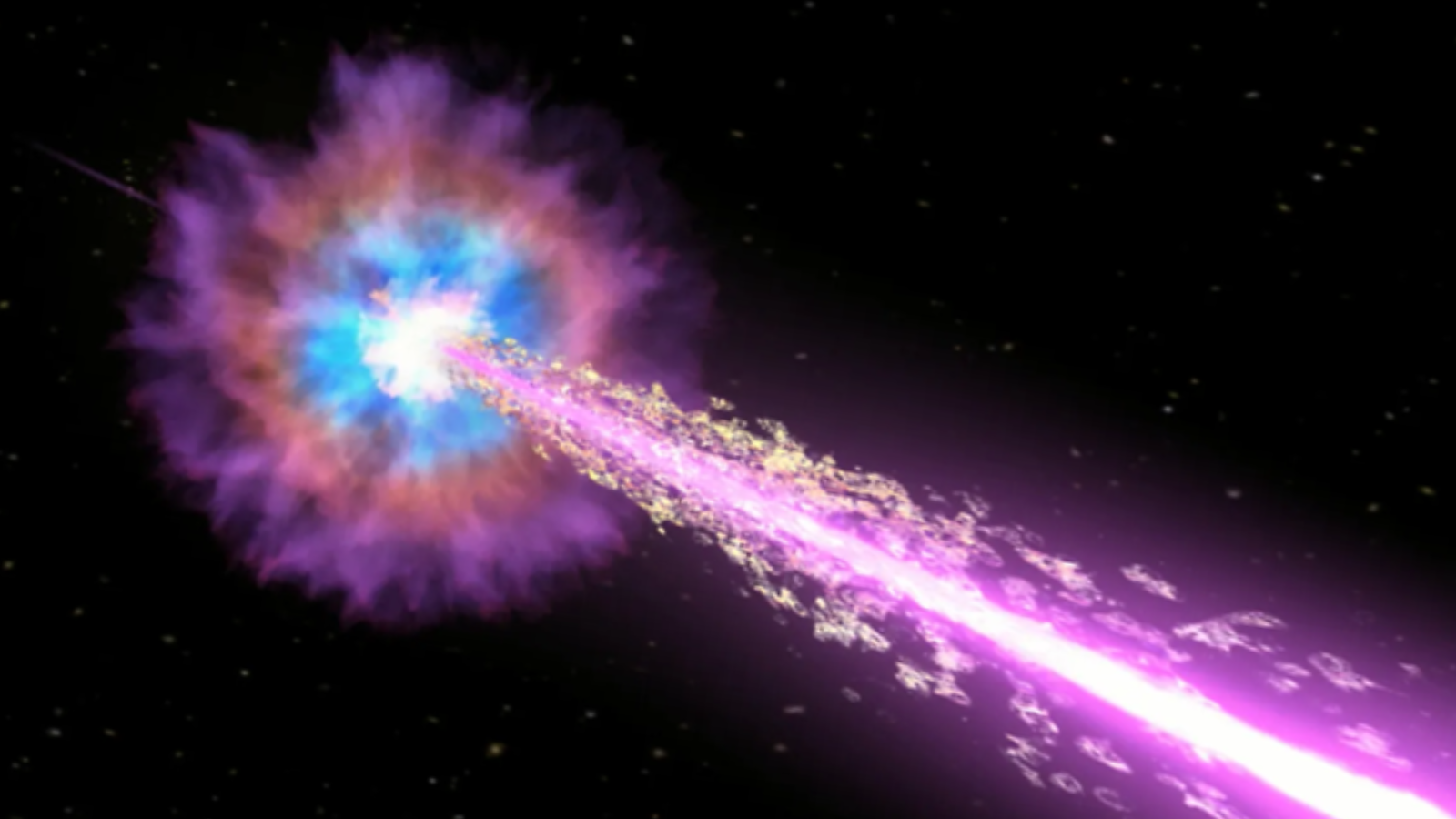


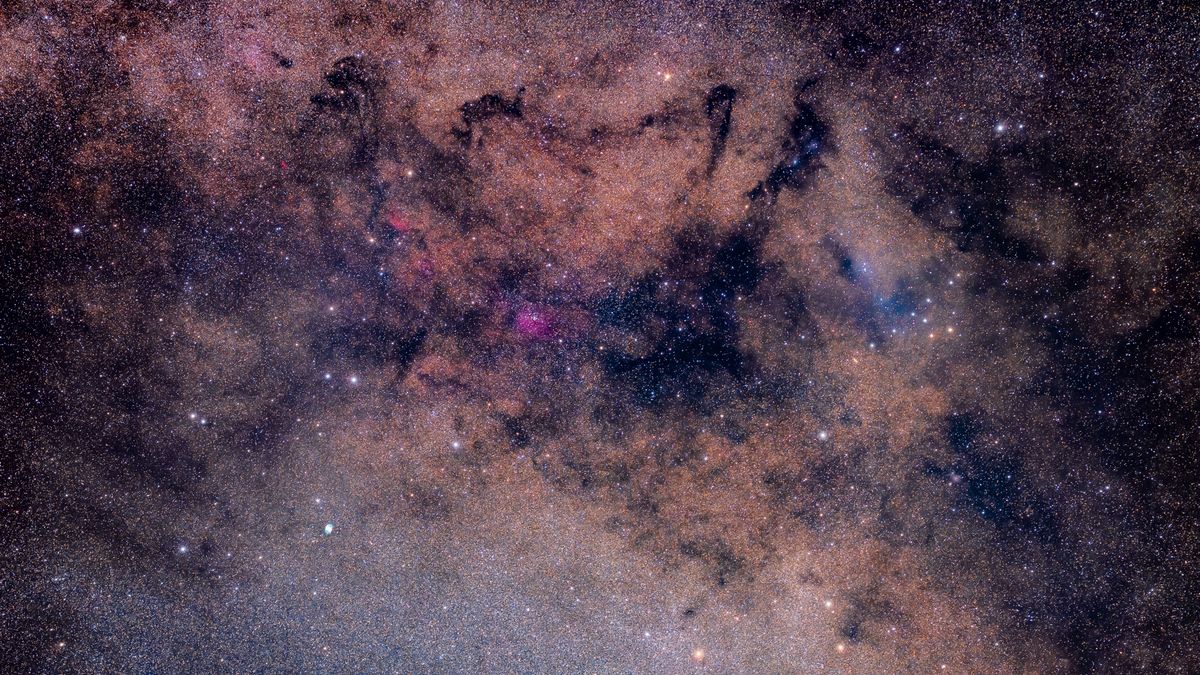
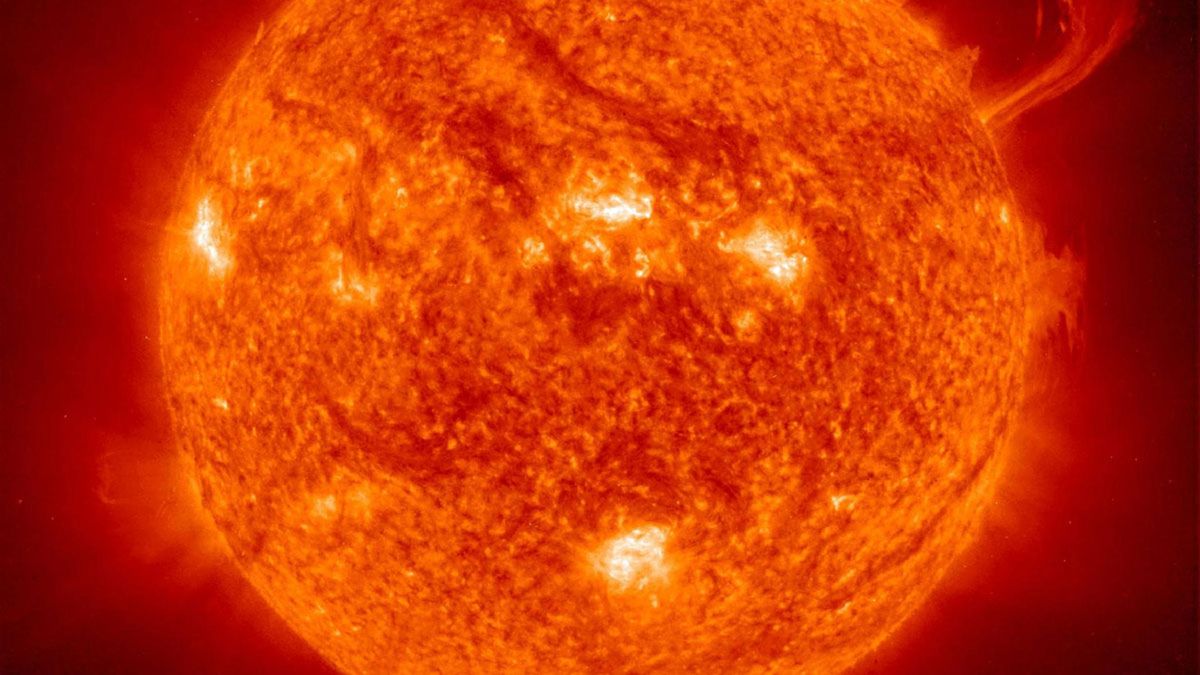


Comments